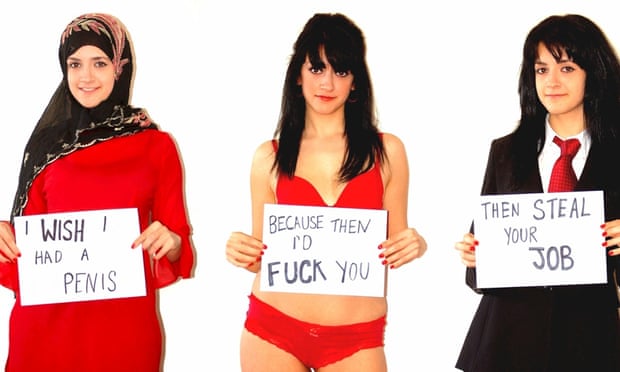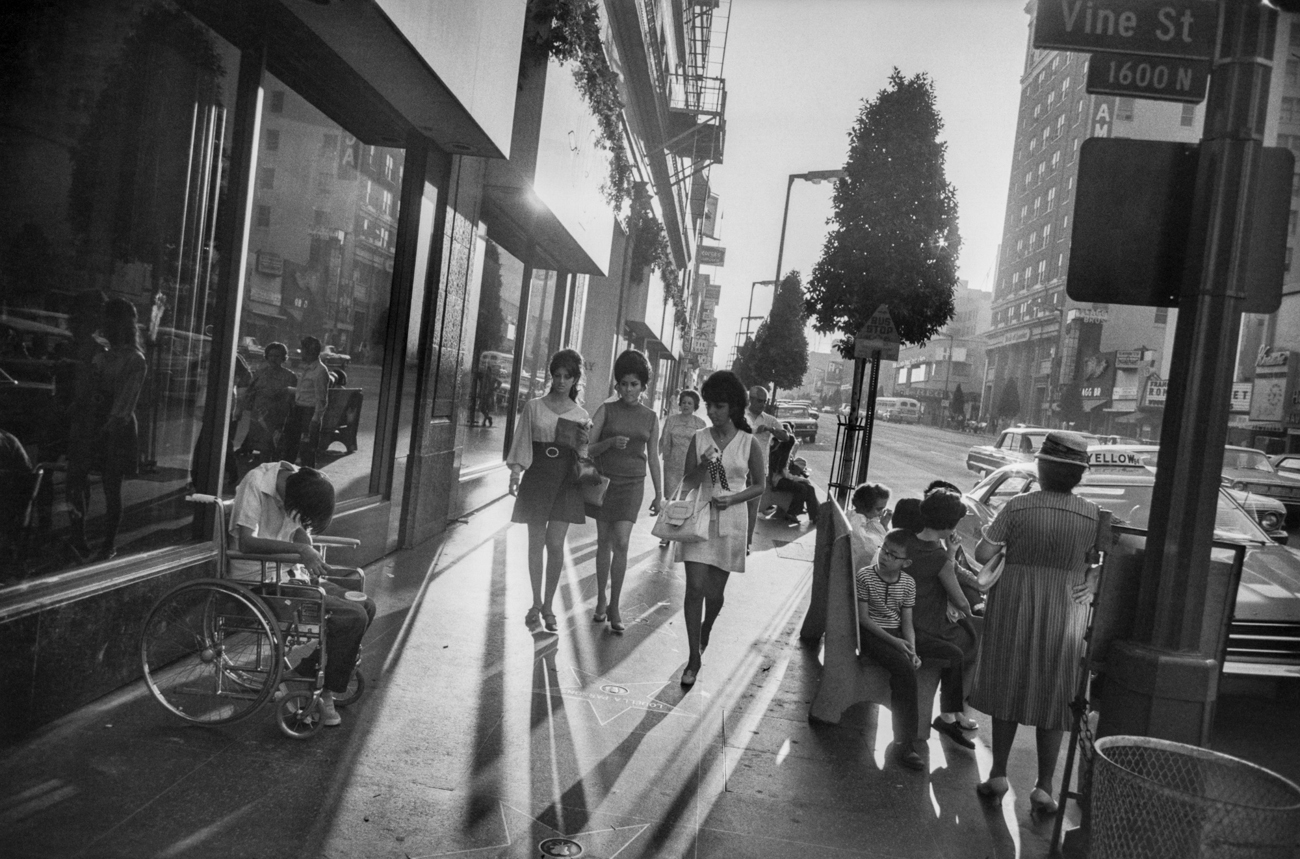Photographer #16:Don McCullin
McCullin was born in London and surprisingly he dropped out of school at 15. He signed up to National Service in the RAF, becoming a photographic assistant working on aerial reconnaissance printing. His very first photo was of The Guvners, a local Finsbury Park gang, which was a terrible gang who even committed murder - which appeared in The Observer in 1958. Most of his work brought out the evil and horrifying lifestyle that came with being part of a war and he went through hell trying to get each image which is why i respect him even more as a photographer and as a person. He was threatened numerous times and I found a quote of him saying "Sometimes it felt like I was carrying pieces of human flesh back home with me, not negatives. It's as if you are carrying the suffering of the people you have photographed." More recently he travels all over the world and is recognized as one of the best war-photographers in history which I thought was an amazing accomplishment.
http://www.hamiltonsgallery.com/artists/29-don-mccullin/biography/
http://www.hamiltonsgallery.com/artists/29-don-mccullin/biography/


 \
\



